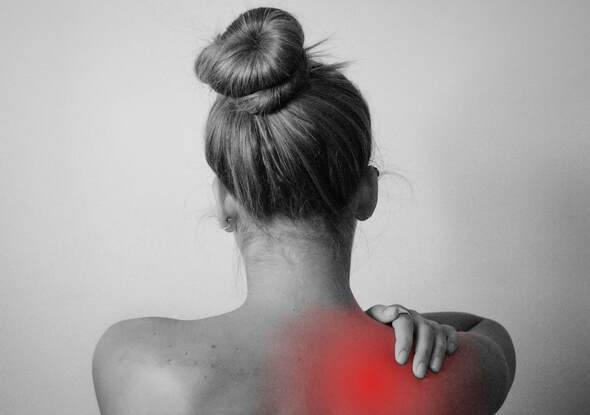Rehabilitate From Past Injuries
Do you have an old injury that never fully healed? Or one where physical therapy felt like it stopped too soon and you only progressed to a certain degree?
Or maybe you had an accident that you recovered from but something in your body never quite felt the same.
You might feel like it’s something you just have to deal with. The truth is, there is a way to reinitiate healing. It’s through Clinical Strength Training®.
Part of the reason that things don’t heal the way they should is due to lack of muscle.
I know this sounds crazy but consider this:
Problems occur in exercise when we push the joints, the muscles, the ligaments, the tendons, etc. beyond their capacity.
What we mean is, when you do too much repetition as in steady-state activity (activities that take place for longer than 30 minutes), or perform bombastic (aka explosive/erratic) movements, the joints can’t handle that so it doesn’t matter how much synovial fluid is released. In cases of longer duration activities, it’s not enough.
With Clinical Strength Training®, we’re providing the correct amount of resistance at the right time. That means we don’t overload you with weight and we don't under-load you either.
Putting the correct resistance allows the joints to release the synovial fluid. It also enhances circulation of blood and oxygen to the joints, allowing them to get the “nutrients” they need to heal.
Finally, it’s worth mentioning that having muscle is even more important if you have no cartilage in the joints or if you have had joint replacements.
Having muscle to surround those joints will give you greater mobility and will relieve some of the discomfort by taking some of the stress off of the bones, joints, tendons, and ligaments.
Or maybe you had an accident that you recovered from but something in your body never quite felt the same.
You might feel like it’s something you just have to deal with. The truth is, there is a way to reinitiate healing. It’s through Clinical Strength Training®.
Part of the reason that things don’t heal the way they should is due to lack of muscle.
I know this sounds crazy but consider this:
- When your body is strength training, it causes the body to secrete synovial fluid from the joints
- This fluid is lubricating
- The reason strength training releases this is because the joints need to be able to move fluidly when the muscles are under tension
- This aids in avoiding injury
Problems occur in exercise when we push the joints, the muscles, the ligaments, the tendons, etc. beyond their capacity.
What we mean is, when you do too much repetition as in steady-state activity (activities that take place for longer than 30 minutes), or perform bombastic (aka explosive/erratic) movements, the joints can’t handle that so it doesn’t matter how much synovial fluid is released. In cases of longer duration activities, it’s not enough.
With Clinical Strength Training®, we’re providing the correct amount of resistance at the right time. That means we don’t overload you with weight and we don't under-load you either.
Putting the correct resistance allows the joints to release the synovial fluid. It also enhances circulation of blood and oxygen to the joints, allowing them to get the “nutrients” they need to heal.
Finally, it’s worth mentioning that having muscle is even more important if you have no cartilage in the joints or if you have had joint replacements.
Having muscle to surround those joints will give you greater mobility and will relieve some of the discomfort by taking some of the stress off of the bones, joints, tendons, and ligaments.

